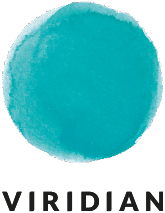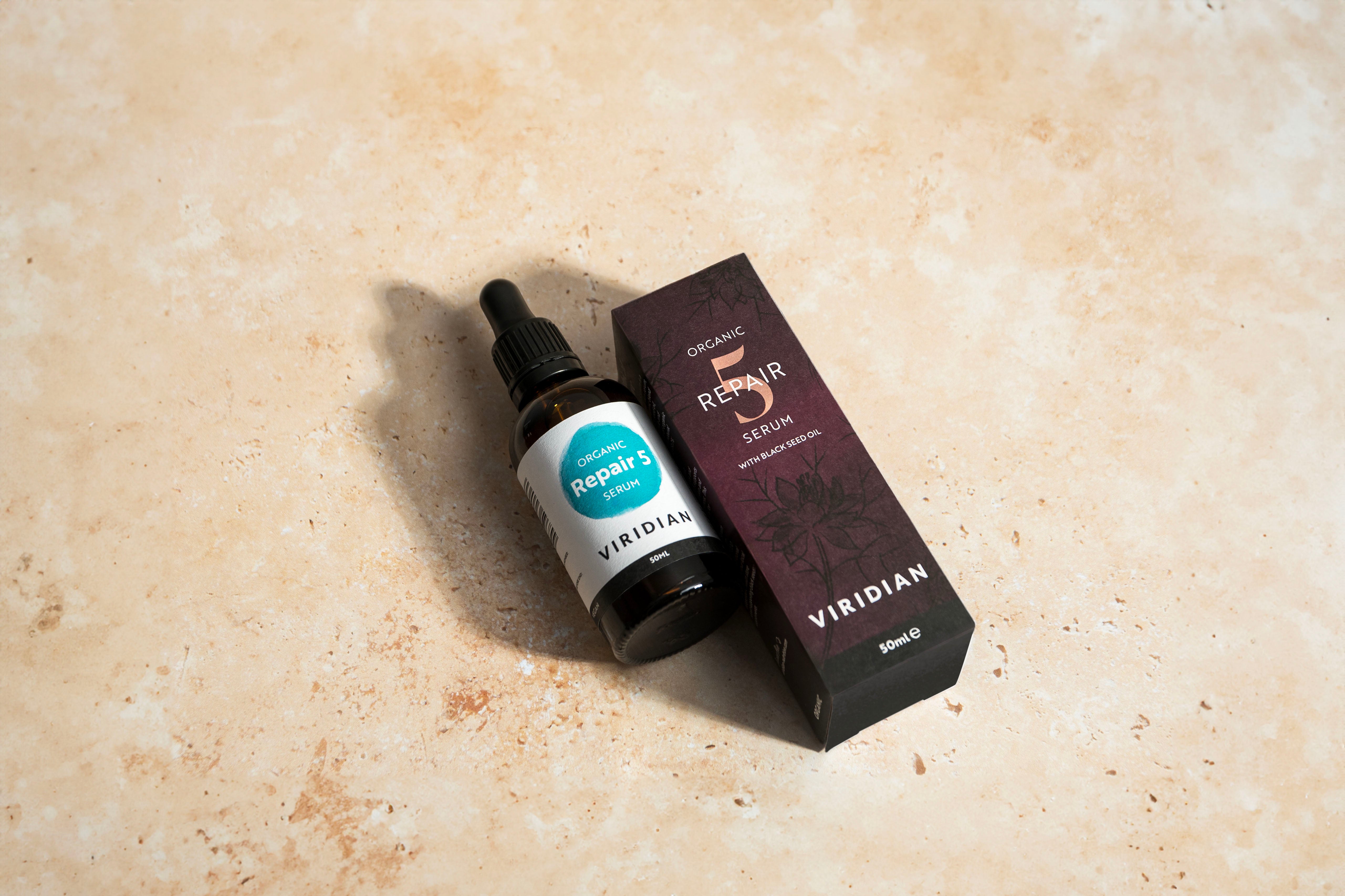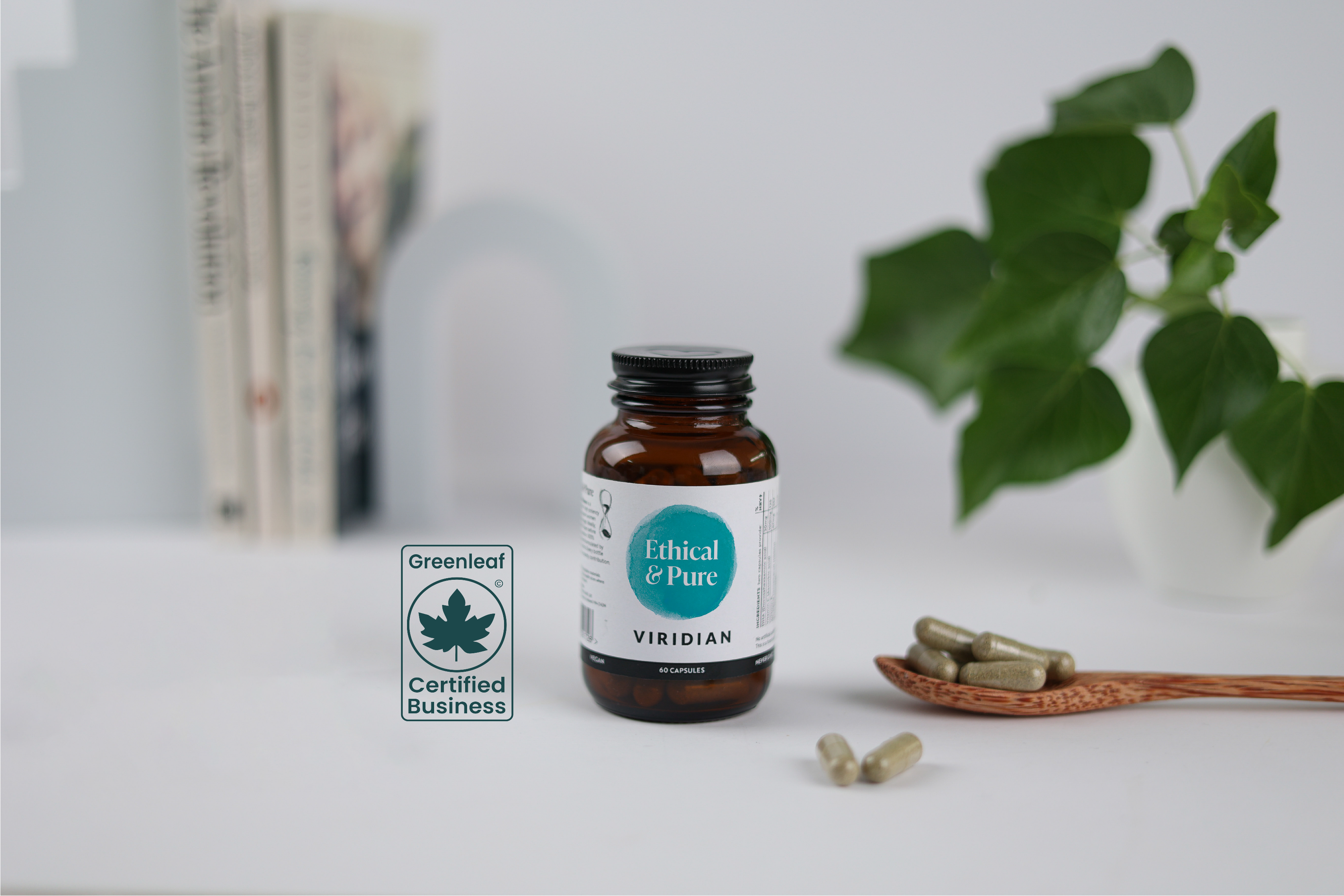Has the spark gone out?
Magnesium burns brightly once alight and this attribute can be likened to its catalytic effect upon over 300 body functions.
Implicated in electrolyte balance, hormone production and metabolism, energy production, relaxation of muscles in addition to a regulatory role at the cellular level[1], magnesium is the jack of all trades. As a result, a low magnesium status has been linked to low mood, poor sleep, fatigue, stress and hormonal imbalance to name a few.


Worryingly, magnesium is not as prevalent in the diet as it used to be[2]. In the rush to expand food production volume and simplify food preparation, attention to nutrient density has been lost.
Current large scale agricultural methods deplete the soils of nutrients, while such methods rely on chemical fertilisers rather than organic matter for remineralisation; a nutrient shortage is promoted. Additionally, nutrient depletion occurs in processed and fast food production methods, specifically the removal of hull or germ from grains and high temperature, or in-tin cooking of poor quality foods.
Considering magnesium’s role in detoxification; certain medication, excessive alcohol or substance use, besides smoking all further add to the depletion of stores. Yet elements of a healthy lifestyle too can run magnesium stores dry, such as; endurance exercise and sauna. However, for these activities it can useful to consider electrolyte formulations such as those derived from the pristine salt plains of Utah to replenish mineral stores.
Unsurprisingly therefore, few individuals meet the recommended Dietary Reference Values (DRV) for magnesium intake. The National Diet and Nutrition Survey 2016 reported that men aged 19-64 on average achieved 98% of the recommended intake, while females of the same age achieved 87%. Those 65 years and above, on average achieved 88% and 84% respectively for males and females[3]. Remember that the DRV is simply the amount required to offset deficiency symptoms; not provide optimum intake.
The key to optimal magnesium status is the necessity to consume magnesium rich foods daily. But getting that optimal level can take some experimentation and planning, especially for those where it may be not so straight forward, for example; those with hormone imbalance, fatigue, stress, myalgia conditions or undertaking endurance training. For these individuals a powder formulation of magnesium may offer greater flexibility in finding a dosage that suits their requirements.
Why are there numerous types of Magnesium?
Magnesium is a mineral abundant in the earth’s crust and so, prevalent in plants grown in fertile soils. In this form the natural plant composition maintains magnesium stability, however once magnesium is extracted from its source it becomes instable. Here, chelation is implemented to stabilise the mineral. Chelation is the binding of a mineral to another compound; for example; Magnesium Citrate is a stable magnesium salt made from manipulating magnesium and citric acid to bind.
Several magnesium chelates are approved for use in the EU, the table below defines the approved forms. In addition, there are several forms that are not permitted for EU manufacture.
Table 1; EU permitted and non-permitted Magnesium chelates.
|
EU permitted forms of magnesium in food supplements |
EU non-permitted forms of magnesium |
|
Magnesium Ascorbate |
Magnesium Orotate |
|
Magnesium Bisglycinate |
Magnesium Threonate |
|
Magnesium Carbonate |
|
|
Magnesium Chloride |
|
|
Magnesium Citrate |
|
|
Magnesium Malate |
|
|
Magnesium Oxide |
|
|
Magnesium Sulphate |
|
|
Magnesium Taurate |
|
It is not just the forms of magnesium that cause confusion but also the delivery mechanism. A visit to your local independent health store will show you magnesium food supplements, oral sprays, bath salts and topical products.
An absorbing story
With such a variety of magnesium chelates on offer, it can be overwhelming to choose a product best suited to your needs.
Firstly, magnesium absorption is led by the existing level of magnesium in the body, and so, the greater the depletion, the greater the rate of absorption in the body’s clever attempt to maintain health. Magnesium levels are regulated by the kidneys and so excess is excreted in the urine[4]. Furthermore, certain foodstuffs can improve or hinder magnesium absorption, for example; it is known that magnesium alongside fructose rich foods (such as fruit) or proteins can improve absorption, yet foods rich in cellulose or phytates (certain legumes and nuts) hinder magnesium absorption[5].
Research has investigated the absorption rates of magnesium chelates in patients with magnesium deficiency related health conditions to ascertain the rates of absorption. However, as noted earlier in this article; magnesium absorption is influenced by the current magnesium status and so, people with magnesium deficiency will absorb and utilise a greater amount than those with a replete status. A further factor to consider is the state of the intestines, as poor intestinal health will hinder the rate and ability to absorb.
Magnesium myth busting
With the popularity of magnesium supplementation, a wide of range of brands are vying for position, and so many myths have arisen around the bioavailability of each presentation.
Let’s talk about magnesium stearate, you may see this on a label and be misled into thinking this a beneficial source of magnesium, but this is far from the truth.
Chemical formula Mg(C18H35O2)2, magnesium stearate is often used as a filler or as a lubricant in the manufacture of pharmaceutical and vitamin tablets, capsules and powders, preventing ingredients from sticking to manufacturing equipment. When produced by soap and hard water, magnesium stearate forms a white solid, widely known as ‘soap scum’ or ‘bath-tub rings’.
Magnesium stearate is a dry lubricant that is used as a flow agent to speed up and reduce costs in the production of food supplements. It coats the ingredients as a water repelling compound that reduces the friction of the compounds when passing through the machines. It is created from two stearate molecules and one magnesium molecule to form a soap-like substance. Subsequently the compound inhibits solubility[6], and for this reason it is not recommended as a viable source of magnesium.
Check the label of your food supplements carefully, many brands have two lists – one of actives and one that is the full legally-required list of all ingredients including the manufacturing aids and this is where confusion may occur with magnesium stearate wrongly assumed to be a bioactive form of magnesium.
Clean label magnesium
Look on your supplement labels for magnesium citrate, as the consensus in the research world is that magnesium citrate is the most effective presentation. This is evidenced by a study that assessed the bioavailability of magnesium preparations and reported that magnesium citrate and amino acid chelated magnesium (such as magnesium bisglycinate) produced the greatest absorption[7]. Furthermore, magnesium citrate has superior solubility than the other forms and so suits a powder formulation to be mixed with water.
Other forms that are also highly regarded are oxide, amino acid chelated magnesium and magnesium taurate[8]. A noteworthy study assessed the absorption of magnesium citrate compared to magnesium oxide and concluded comparable activity[9]. The magnesium oxide administration in the study improved a range of markers suggesting good bioavailability and assimilation within human subjects.
A further study confirmed the absorption and utilisation of magnesium oxide through investigation of bone remineralisation in adolescent girls. The study reported that magnesium oxide was well tolerated and resulted in an improvement in bone density in the group[10].
As with all things in life, you get what you pay for and blends of magnesium can make supplements more affordable, especially for those who do not suffer with malabsorption issues.
Alternate delivery
Popular magnesium products are generally food supplements in capsules yet, other forms exist such as powders that are mixed in water or topical sprays and lotions for absorption through the skin.
As mentioned previously the best magnesium for solubility is Magnesium Citrate, which the daily recommended amount can be easily taken as a water solution shot or added to a sports bottle to drink throughout the day or during a workout.
Another type of magnesium product that is gaining in popularity, especially in the sporting community is topical magnesium; a magnesium chloride solution that is sprayed directly on to the skin. However, this form is problematic, as dose calculation is difficult and even controversial in its effectiveness.
The skin is the largest organ of the body and functions as a barrier between the innards and the external environment. For example; this barrier protects against the permeation of ultraviolet radiation, chemicals, allergens and micro-organisms. Subsequently, the ability to absorb substances from the outside is very limited.
To get through the skin, a substance must first penetrate the outer layer of the skin which consists of dead cells bonded together with fats or absorbed by sweat glands or hair follicles. The outer layer of the skin acts as a water-repellent barrier and so, for a substance to pass through it must be fat-soluble.
Topical magnesium sprays comprise of a magnesium chloride-water solution, of which the magnesium is present in a charged form and therefore not able to penetrate the fatty-dead skin layer. In addition, the size of a hydrated magnesium molecule has been reported to be 400 times larger than its dehydrated form, and so, it is suggested that it is almost impossible for magnesium to pass through biological membranes[11].
The other possible route of absorption for topical magnesium is via the hair follicles and sweat glands, however, they only account for 0.1% to 1% of the skin’s surface. Therefore, even if the magnesium is absorbed in this manner it is unlikely a therapeutic amount could reach the blood for delivery to the cells. Equally, magnesium sulphate baths such as Epsom salt baths offer little absorption however, a study showed that a small increase in blood magnesium could be detected after a long duration soak in a magnesium sulphate bath, however the rise did not achieve a therapeutic level. Additionally, a study investigated the topical application of magnesium lotion, however no significant changes in blood magnesium were detected[12] [13].
To wrap up
As a final point; there are a host of magnesium products available in supermarkets, pharmacies and health food stores, however exploratory research has revealed that the most effective method of providing the recommended daily amount of magnesium is through food supplements.
Magnesium salts are considered the best in terms of optimal absorption and utilisation; look on the ingredients list for; Magnesium Citrate, Magnesium Oxide, Magnesium Taurate or an amino acid chelated Magnesium such as Magnesium Bisglycinate.
Topical preparations may be useful additional products to use alongside food supplements but be aware that they will not provide therapeutic amounts of magnesium.
Lastly, it pays to read ingredients lists and ask questions. A specialist health food store will be best placed to give you the answers.
Author: Jenny Hall is a Nutritional Practitioner and Technical Advisor at Viridian Nutrition. She holds a BSc honours degree in Nutritional Science.
[1] Brink, E.J., & Beynen, A.C., 1992, Nutrition and magnesium absorption: a review. Prog Food Nutr Sci. 16(2):125-62.
[2] Fan, M.S., et al, 2008, Evidence of decreasing mineral density in wheat grain over the last 160 years. J Trace Elem Med Biol. 22(4):315-24.
[3] Public Health England, 2016, National Diet and Nutrition Survey Years 5 and 6. NatCen Social Research, UK.
[4] Jahnen-Dechent, W., & Ketteler, M., 2012, Magnesium basics. Clin. Kidney J. 5(Suppl. 1):i3–i14.
[5] Gröber, U., et al’ 2015, Magnesium in Prevention and Therapy. Nutrients. 23;7(9):8199-226.
[6] Donald, S., 2013, Analysis of magnesium from magnesium stearate in pharmaceutical tablet formulations using hydrophilic interaction liquid chromatography with nano quantity analyte detection, Journal of Pharmaceutical and Biomedical Analysis, Vols 78–79;112-17.
[7] Walker, A.F., et al, 2003, Mg citrate found more bioavailable than other Mg preparations in a randomised, double-blind study. Magnes Res.16(3):183-91.
[8] Coudray, C., et al, 2005, Study of magnesium bioavailability from ten organic and inorganic Mg salts in Mg-depleted rats using a stable isotope approach. Magnes Res.18(4):215-23.
[9] Lindberg, J.S., et al, 1990, Magnesium bioavailability from magnesium citrate and magnesium oxide. J Am Coll Nutr. 9(1):48-55.
[10] Carpenter, T.O., et al, 2006, A Randomized Controlled Study of Effects of Dietary Magnesium Oxide Supplementation on Bone Mineral Content in Healthy Girls, The Journal of Clinical Endocrinology & Metabolism, 91(12):4866–72.
[11] Gröber, U., et al, 2017, “Myth or Reality—Transdermal Magnesium?” Nutrients 9(8): 813.
[12] Chandrasekaran, N.C., et al, 2016, Permeation of topically applied Magnesium ions through human skin is facilitated by hair follicles. Magnes. Res. 29:35–42.
[13] Kass, L., et al, 2017, Effect of transdermal magnesium cream on serum and urinary magnesium levels in humans: A pilot study. PLoS ONE, 12(4), e0174817.
Shechter, M., et al, 2012, Comparison of magnesium status using X-ray dispersion analysis following magnesium oxide and magnesium citrate treatment of healthy subjects. Magnesium Research;25(1):28-39.
The information contained in this article is not intended to treat, diagnose or replace the advice of a health practitioner. Please consult a qualified health practitioner if you have a pre-existing health condition or are currently taking medication. Food supplements should not be used as a substitute for a varied and balanced diet.







